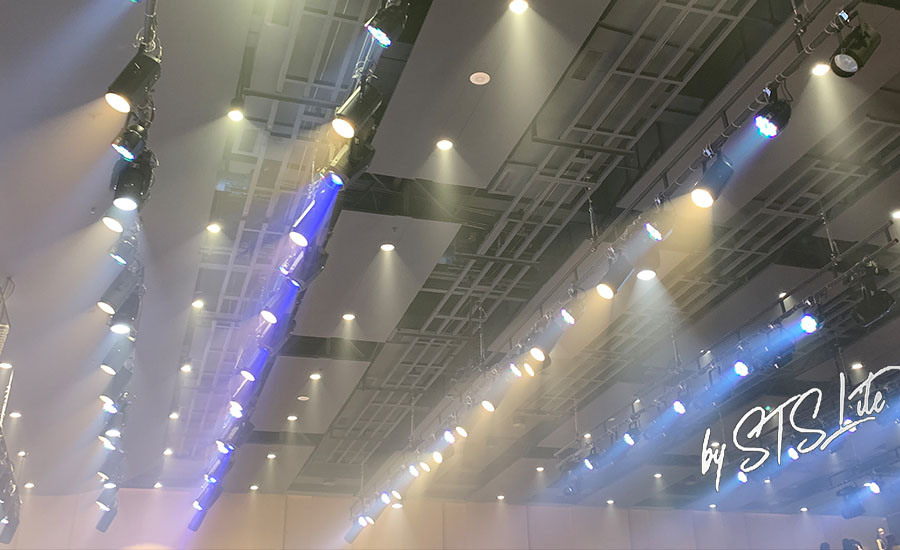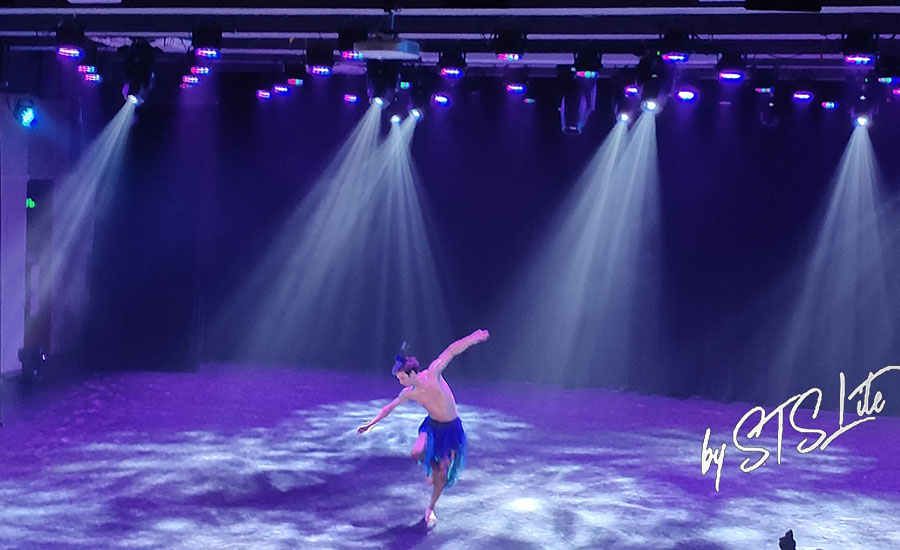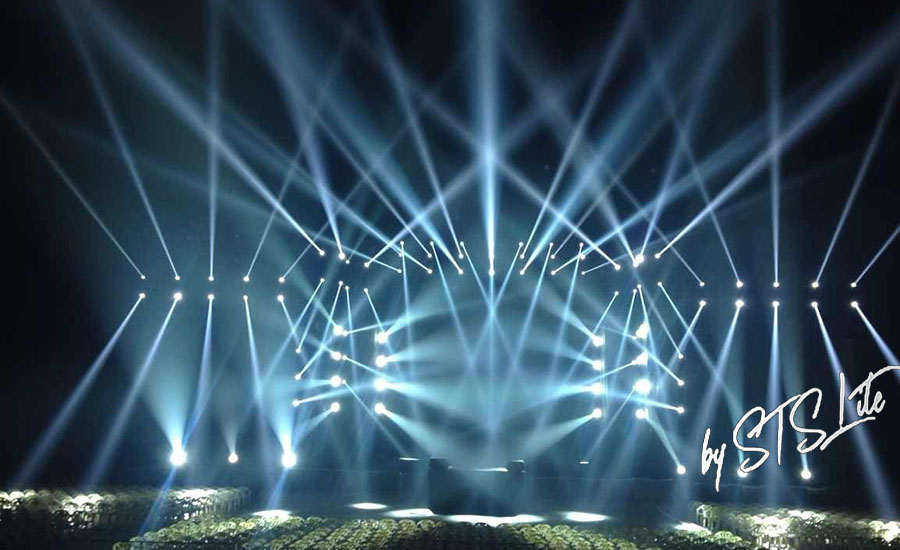Lighting is an important part of the comprehensive art of drama. It serves to shape characters for actors, set off the plot and infect the audience. Therefore, lighting design should start from the audience's sense of reality in the theater. What is "true"? Maybe different viewers have different definitions, but as a lighting designer, we must be clear: stage lighting can not reproduce nature. It can only simulate nature, and it is an artistic simulation, not a naturalistic simulation. So, how to achieve the realism of this art? I think it includes two aspects: one is the external scene, the other is the internal reason. The external scene means that the lighting designer considers the objective factors such as the time, place and scene of the story, and then refines them to make the scene reasonable and true. The internal reason is to integrate the light into the play according to the changes of many psychological factors such as the drama plot, the development of conflict and the characters' inner feelings, so that the light can contribute to the expression of the protagonist's inner feelings. In a specific situation, the stage lighting sets off the plot and renders the characters' emotions, which has a strong artistic appeal and impact. Stage lighting is closely coordinated, rendered and supplemented with the actors' inner experience and external physical performance to achieve the blending of feelings and scenes.

In the process of drama performance, the transformation of stage lights, the contrast of tone and light and shade, and the change of light area organically combine the shaping of external scenes with the embodiment of internal reason, so as to achieve reality, nature and high synthesis. In order to achieve the comprehensiveness of the whole, the lighting designer can not arbitrarily separate from the director's overall idea and blindly play with the lighting technology, or use too many kinds of lights, make a fuss, or even destroy the authenticity of the whole play and affect the audience's vision.

In the lighting design of Kun Opera Jing Chai Ji, I followed the director's overall idea and gave full play to my personal subjective initiative. For example, Wang Shipeng married Qian Yulian, showing a joyful, joyful and lively scene. The lighting is based on the orange of the whole set. The side light of the entrance is orange and the exit door is blue. It not only simulates the natural light effect, but also sets off a warm and cheerful scene with actors, music and various combinations. With the development of the plot, the cheerful atmosphere turns into a quiet night, and the lights also change from orange to red and blue, from light intensity to weak light. The strong contrast and contrast of light color and brightness are used in the same space to create changes in time and space. For another example, sun Ruquan led his servants to catch up with Qian Yulian overnight, using a blue tone and chasing light, which not only shows the space-time environment at night and by the river, but also reflects the heroine Qian Yulian's desperate struggle. Coupled with the rhythm of light, that is, the sense of movement of light, combined with compact music, the two plays achieved better artistic effects.

Stage lighting conveys emotion to the audience through color, rhythm and strength. I realize that the audience's desire for color is strong, and different colors give people different psychological feelings. Red reminds people of blood, sunshine and fire, while psychological feelings are enthusiasm, danger and courage; Green is associated with grassland, plants, etc., and the psychological feeling is peace, youth and growth; Purple is associated with dreams, and the psychological feeling is mysterious and noble; Blue is associated with night, psychological feeling or quiet or gloomy, etc. Of course, this is only in general. In short, using subtle lighting effects to set off the plot can really attract the attention and interest of the audience. Therefore, lighting designers should not only use a variety of lighting skills and technologies to play their due role in drama performance; We should also have a deep understanding of the high comprehensiveness of drama art, and can not highlight ourselves and affect the unity of the style of the whole play.
Copyright © 2021 GuangZhou STS Lighting Equipment Co.,Ltd. | All Rights Reserved